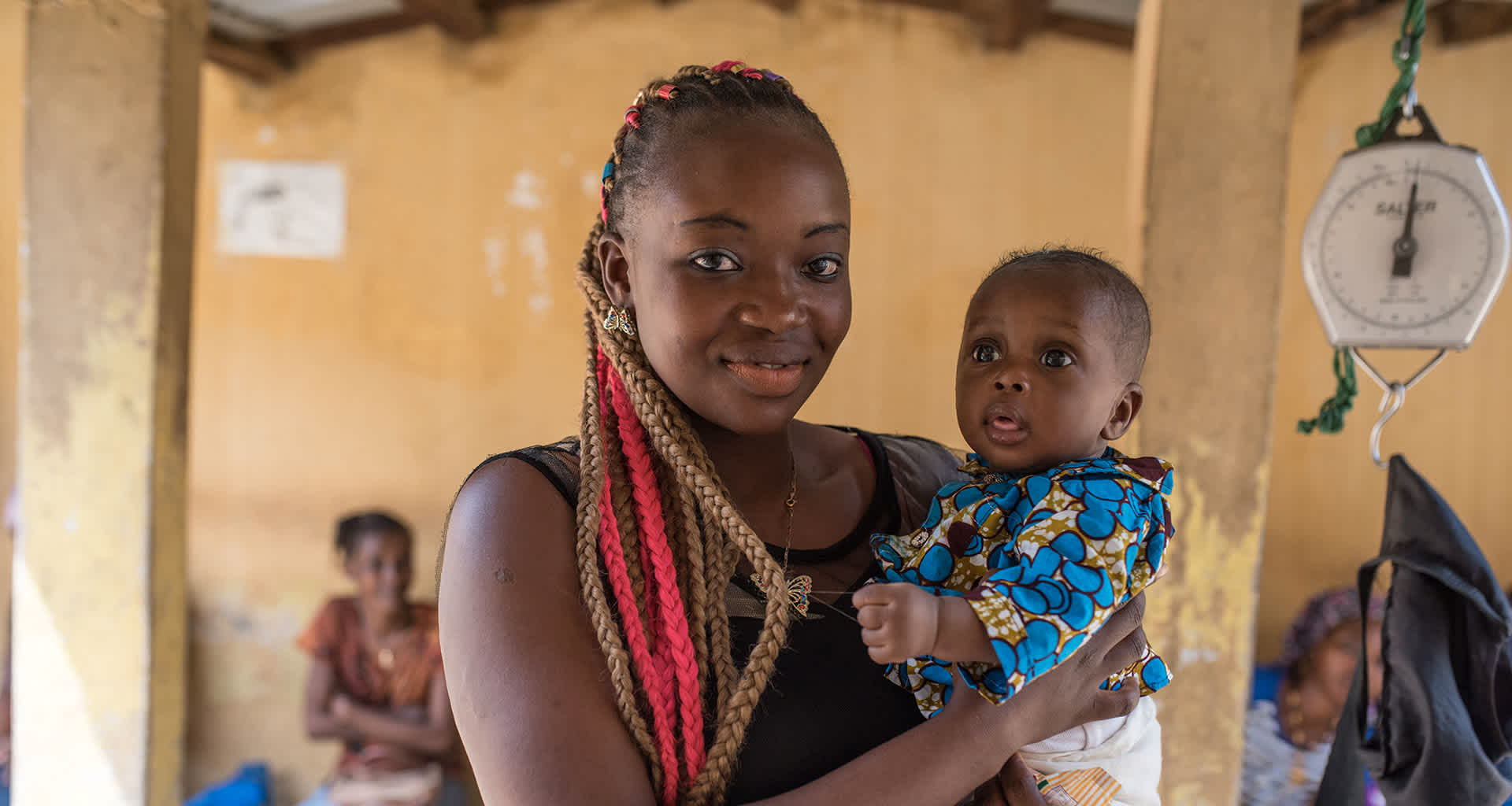
Creating demand for and access to primary health care
Pillar 2
The problem
Communities affected by malaria didn’t always know how to recognise symptoms or weren’t aware of how best to prevent the disease (by putting their children to sleep under nets). They often weren’t seeking proper medical care (perhaps visiting a witchdoctor instead). And they didn’t always realise they had a right to proper care. There was a need for community education to help address this.

The solution
We helped to improve access to information and supported health education so that communities could better protect themselves from malaria. And better understand the importance of seeking treatment quickly, sleeping under a net and their right to quality care.


532,000 children under 5 were reached. That’s over half a million children with an improved chance of survival. Why? Because their parents know to seek care quickly, have them sleep under a net and get tested fast if they get a fever.
Over 1.4 million people increased their knowledge about malaria prevention. That’s more than a million families who learned how to better protect themselves and their children from contracting the disease. Relieving huge pressure on overburdened health systems.


More than 330,000 pregnant women were contacted. Which meant an equal number of new lives given a greater chance to survive and thrive before they’d even begun.
